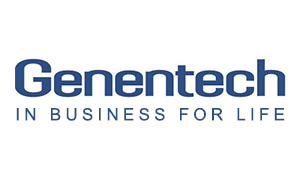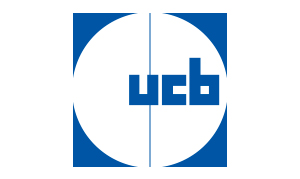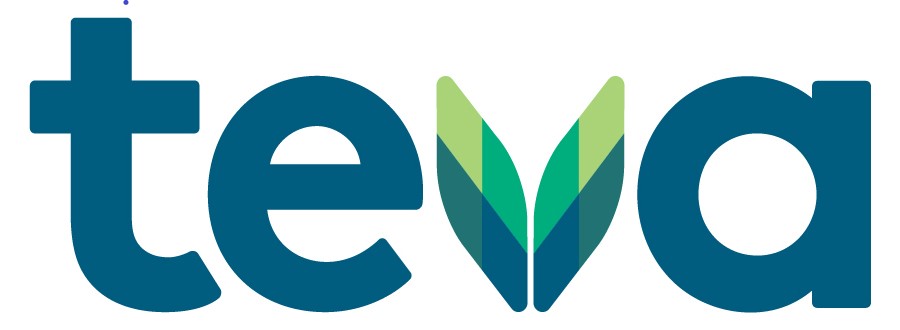We live in an increasingly digital world, and that extends to the medical industry.
From emailed appointment reminders to online payments to medical records that are stored in the cloud—for the most part, technology helps our practices run more smoothly and efficiently. Introducing that technology to patients, however, can be an arduous process. People generally don’t like change, and this is especially true for the average rheumatology patient, who may be older and less familiar with these advances.
So how do you get your patients on board and improve the care that your rheumatology practice offers? The following four strategies are an excellent place to start.
1. Clearly explain the benefits of the new technology.
If you don’t explain to your patients why you’ve chosen to change a process or use a new system, they will probably protest. “If it isn’t broke, don’t fix it,” right?
As a rheumatology practice manager, you must make sure patients understand that something is broken, or at the very least, can be improved through a new tool. Have conversations with your patients about the benefits, create handouts, and take the time to walk them through new and unfamiliar processes.
Remember to address their worries and concerns, too—you know that their medical records are safe in the cloud, but they still need to be convinced. By keeping the lines of communication open, your patients will trust you when it comes to their health and technology.
2. Integrate new technology slowly.
As a practice manager, it’s natural to get excited about new tools that will help you run your office. Technology is fun and exciting, and you may be in a rush to integrate these things into your routine.
It’s essential, however, to slow down and make sure change is gradual. Some will be excited by the positives that new technology offers, and others simply won’t. For those who are hesitant, devise ways to learn the latest technology a bit at a time. Be sure they understand that the new tech is coming no matter their grievances and can’t be avoided.
Let your patients get comfortable with one new process before you add another.
[Technology can help build relationships between patient and provider. Click to learn how!]
3. Choose technology that fits your practice and helps your patients.
Not all technologies will fit all practices or all patients. Do your best to choose the tools that work well for your unique situation and community.
Perform a cost-benefit analysis, the cost being the work your patients must put in to use the new technology, and the benefits being how it will improve their experience. You may even decide to do a trial run with some of your more willing and enthusiastic patients to see how they approach the new technology and how much work it creates for the rest of your staff.
4. Personalize if possible.
Patients must know this new technology is coming no matter what. At the same time, it shouldn’t feel like an avalanche waiting to swallow them whole.
Personalizing the technology for your patients is a great way to shift the balance of power and show patients that the tech is adjusting to them just as they are adjusting to it. The more a system can be personalized to a patient, from videos to text, dashboards, and other messaging, the more they will take ownership of it.
It can be overwhelming to try and learn a new technology on your own, and the same is true for your patients. So, keep this in mind as you are adopting new technology and software.
Medicine has never been a one-size-fits-all, and it never will be. Some patients won’t engage with the technology solutions you offer. That’s ok. But with education, positive experiences, and guidance, many will come around and eventually wonder how they ever lived without these indispensable tools.
Tags: medical office management, medical offices, national organization of rheumatology managers, NORM, office management, office managers, patient portal, Patient technology Posted by











